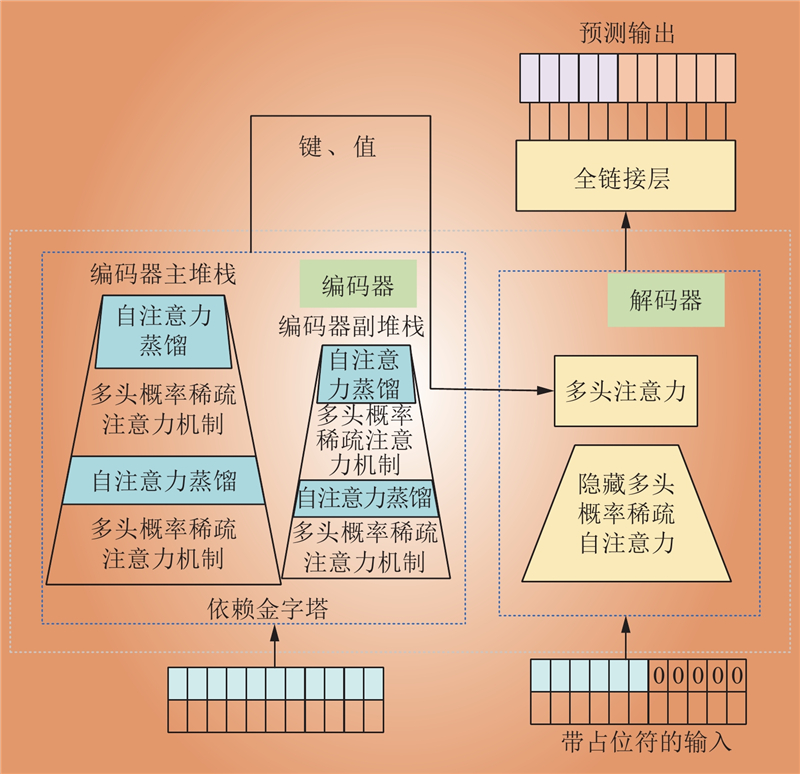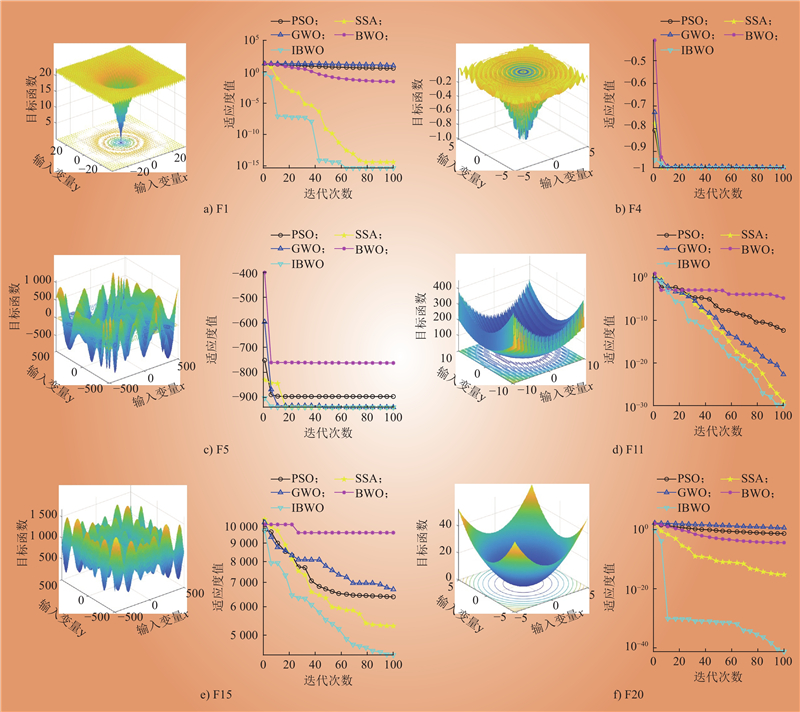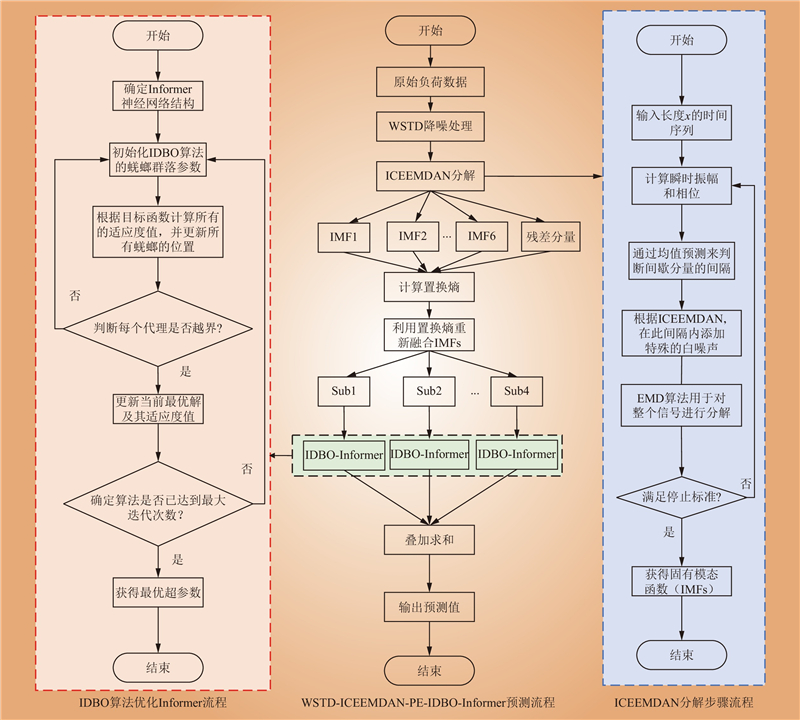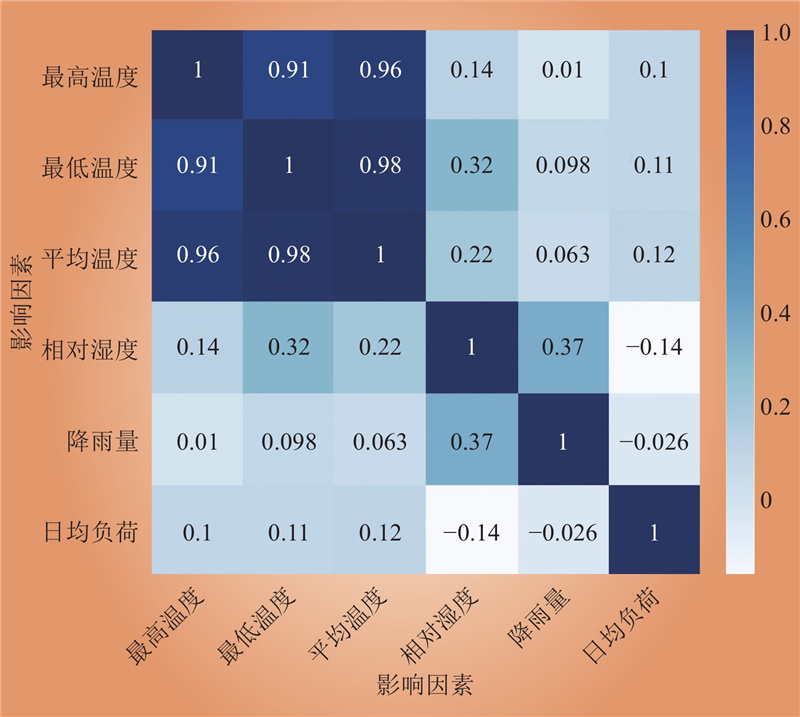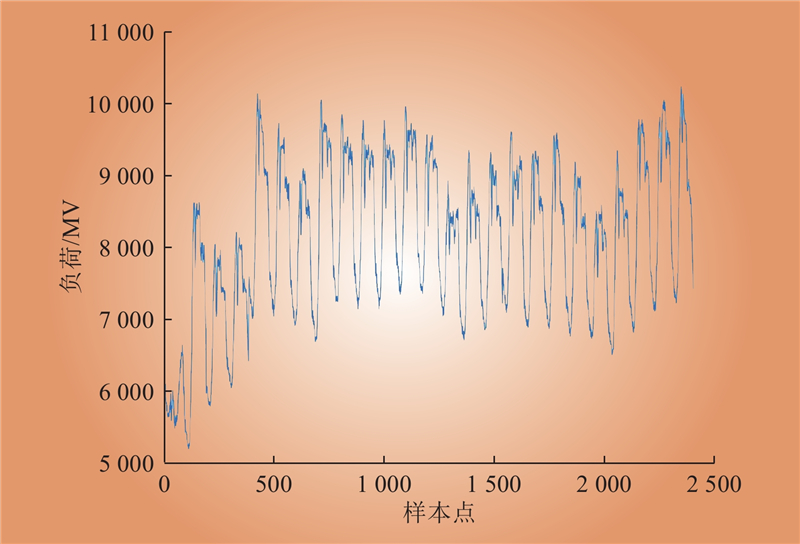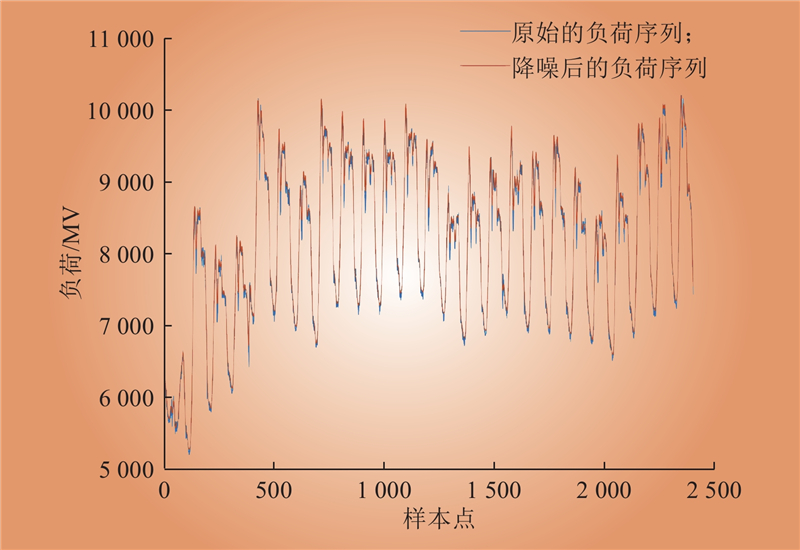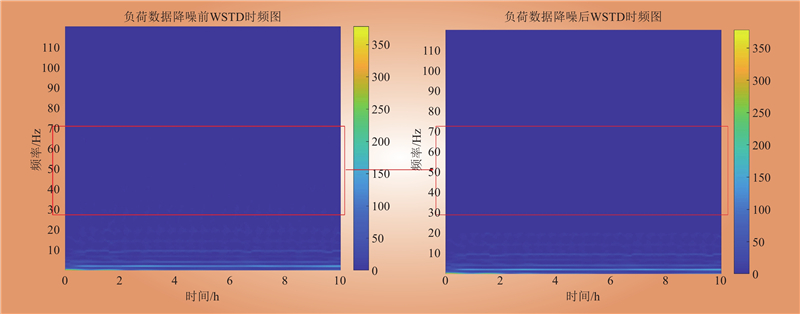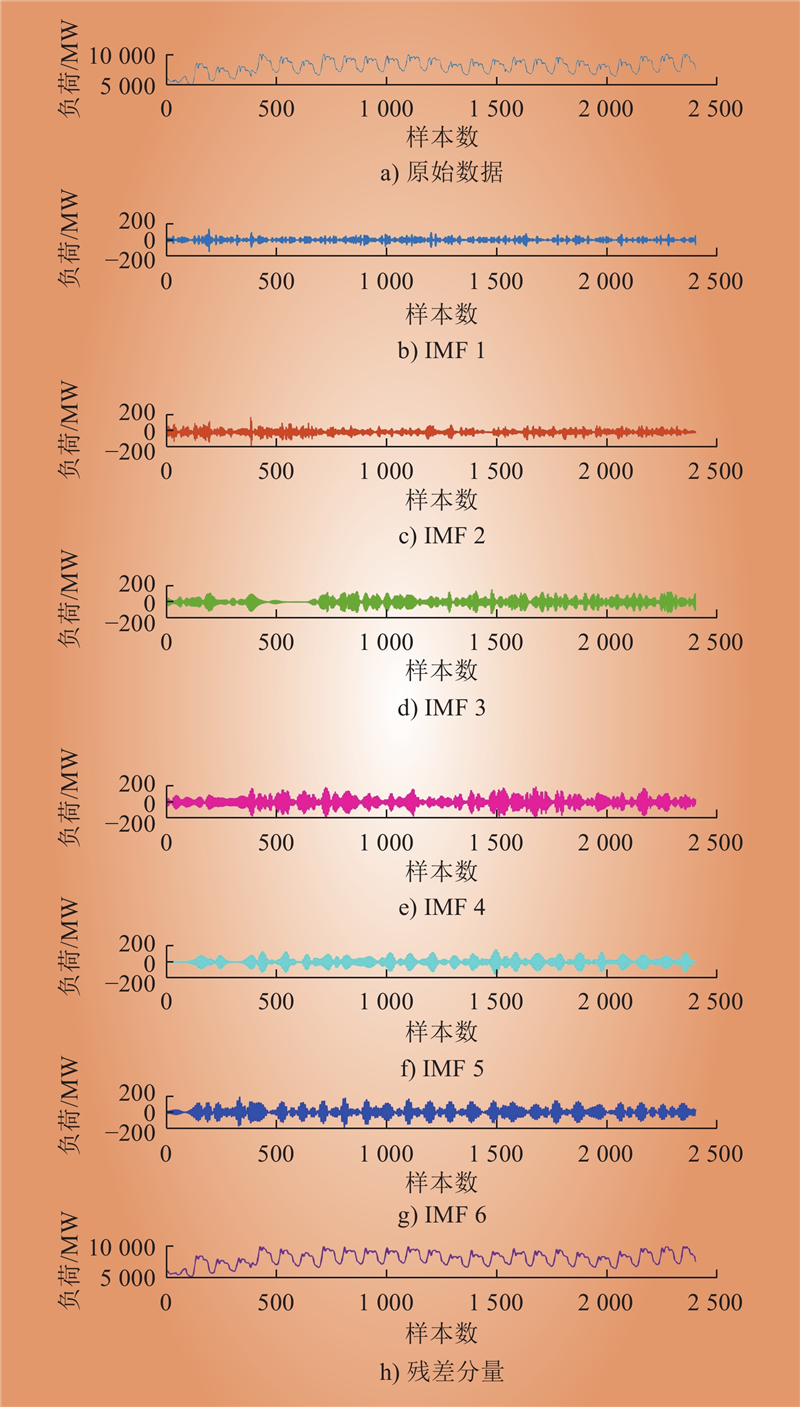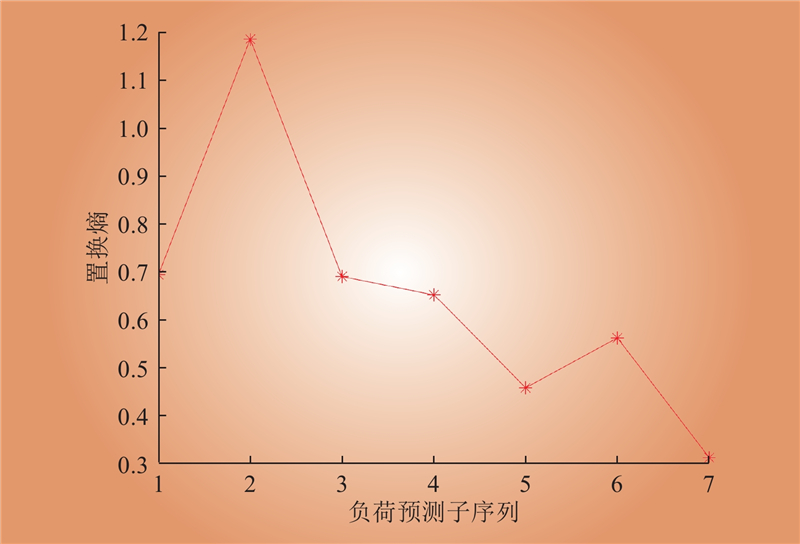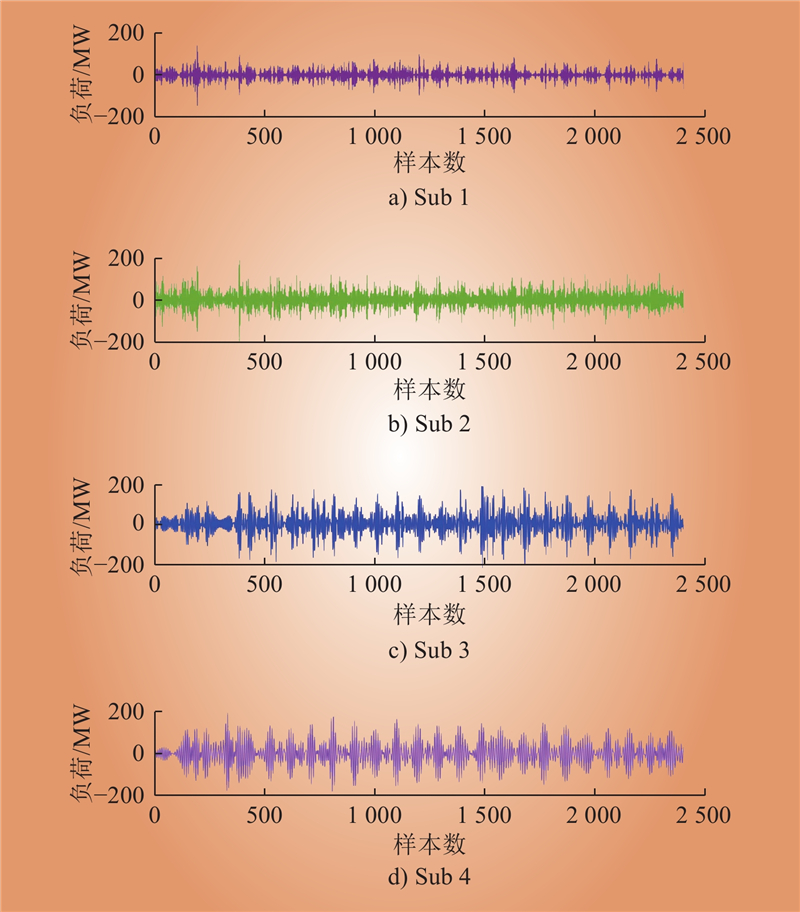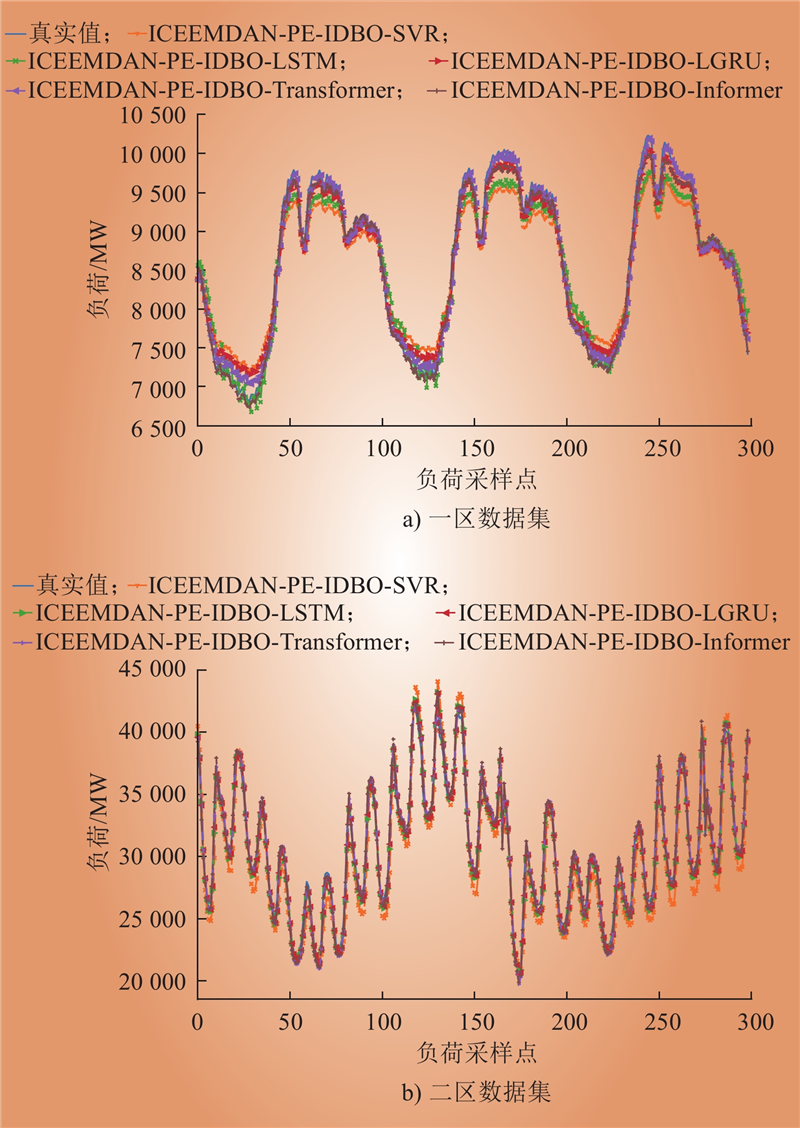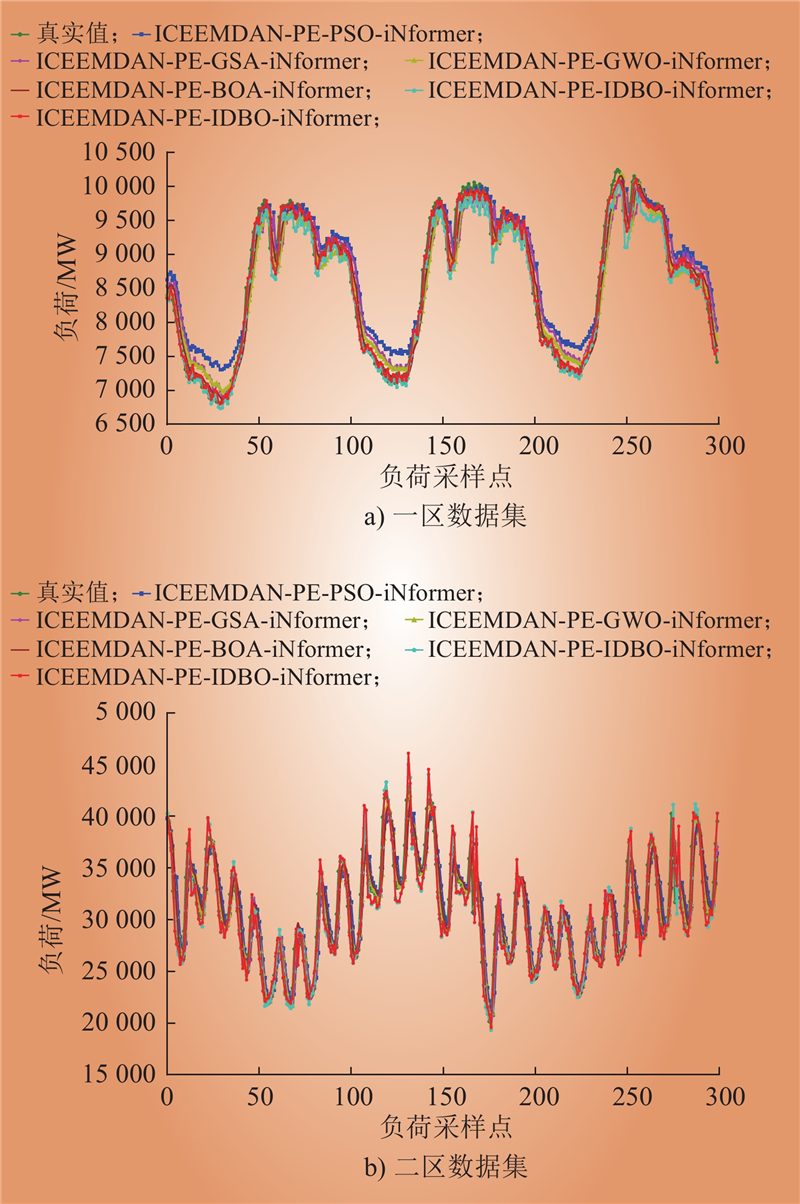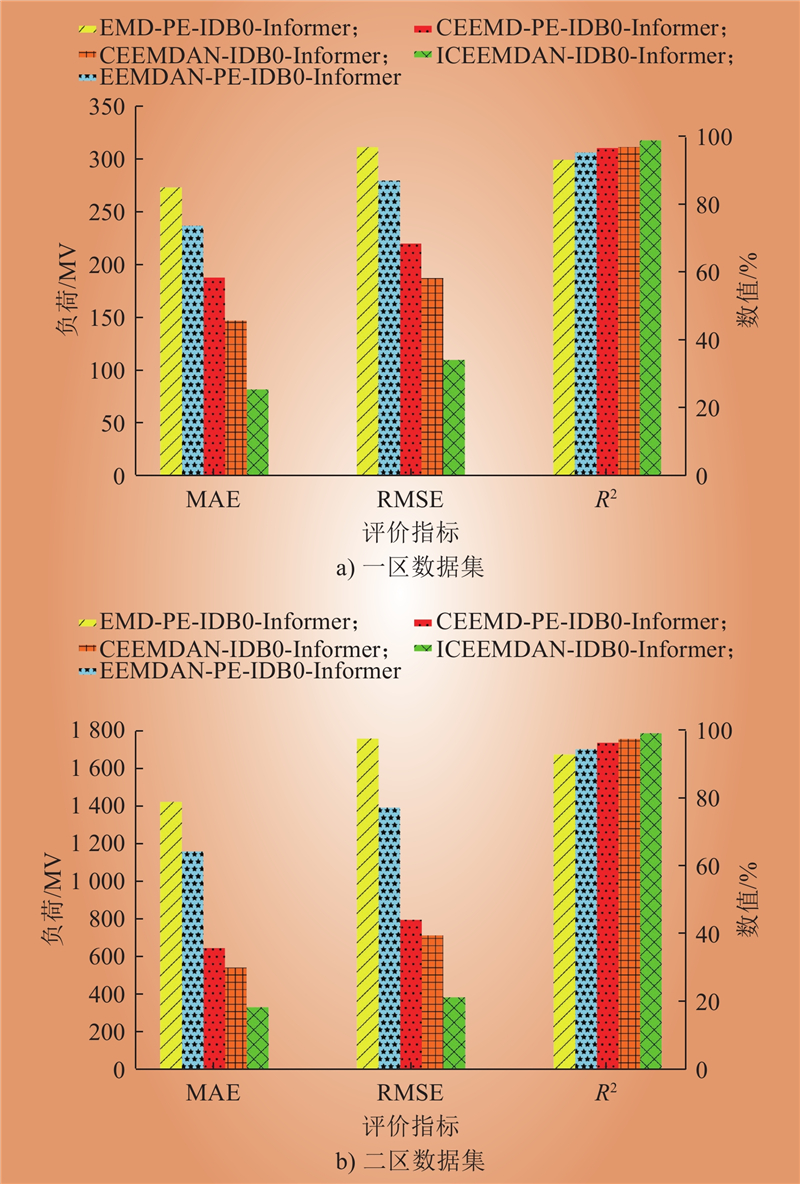| 1 |
杨海柱, 田馥铭, 张鹏, 等. 基于CEEMD-FE和AOA-LSSVM的短期电力负荷预测[J]. 电力系统保护与控制, 2022, 50 (13): 126- 133.
|
|
YANG Haizhu, TIAN Fuming, ZHANG Peng, et al. Short-term load forecasting based on CEEMD-FE-AOA-LSSVM[J]. Power System Protection and Control, 2022, 50 (13): 126- 133.
|
| 2 |
戴浩男, 张辰灏, 甄钊, 等. 基于时空特征聚类和双层动态图卷积网络建模的短期净负荷预测[J]. 高电压技术, 2024, 50 (9): 3914- 3923.
|
|
DAI Haonan, ZHANG Chenhao, ZHEN Zhao, et al. Short-term net load forecasting based on temporal-spatial feature clustering and two-layer dynamic graph convolutional network modeling[J]. High Voltage Engineering, 2024, 50 (9): 3914- 3923.
|
| 3 |
孟衡, 张涛, 王金, 等. 基于多尺度时空图卷积网络与Transformer融合的多节点短期电力负荷预测方法[J]. 电网技术, 2024, 48 (10): 4297- 4311.
|
|
MENG Heng, ZHANG Tao, WANG Jin, et al. Multi-node short-term power load forecasting method based on multi-scale spatiotemporal graph convolution network and transformer[J]. Power System Technology, 2024, 48 (10): 4297- 4311.
|
| 4 |
范明康, 张怡, 康健, 等. 基于模糊聚类-马尔可夫链的换电站负荷预测模型[J]. 电力建设, 2023, 44 (10): 63- 71.
|
|
FAN Mingkang, ZHANG Yi, KANG Jian, et al. Fuzzy clustering-markov chain based load forecasting modeling for battery-swap stations[J]. Electric Power Construction, 2023, 44 (10): 63- 71.
|
| 5 |
YAMASAKI M, FREIRE R Z, SEMAN L O, et al. Optimized hybrid ensemble learning approaches applied to very short-term load forecasting[J]. International Journal of Electrical Power & Energy Systems, 2024, 155, 109579.
|
| 6 |
WEI N, YIN C, YIN L H, et al. Short-term load forecasting based on WM algorithm and transfer learning model[J]. Applied Energy, 2024, 353, 122087.
DOI
|
| 7 |
王晨, 李又轩, 吴其琦, 等. 基于SVM-STL-LSTM的区域短期电力负荷预测研究[J]. 水电能源科学, 2024, 42 (4): 215- 218.
|
|
WANG Chen, LI Youxuan, WU Qiqi, et al. Research on regional short-term load forecasting based on SVM-STL-LSTM[J]. Water Resources and Power, 2024, 42 (4): 215- 218.
|
| 8 |
王永利, 刘泽强, 董焕然, 等. 基于VMD-CSO-RF的综合能源系统短期负荷预测[J/OL]. 华北电力大学学报(自然科学版), 2024: 1–10. [2024-10-04]. http://kns.cnki.net/kcms/detail/13.1212.TM.20240314.1850.002.html.
|
|
WANG Yongli, LIU Zeqiang, DONG Huanran, et al. Short-term load forecasting of integrated energy systems based on VMD-CSO-RF [J/OL]. Journal of North China Electric Power University(Natural science edition), 1–10[2024-10-04]. http://kns.cnki.net/kcms/detail/13.1212.TM.20240314.1850.002.html.
|
| 9 |
ZHANG T R, HUANG Y P, LIAO H, et al. A hybrid electric vehicle load classification and forecasting approach based on GBDT algorithm and temporal convolutional network[J]. Applied Energy, 2023, 351, 121768.
DOI
|
| 10 |
李甲祎, 赵兵, 刘宣, 等. 基于DWT-Informer的台区短期负荷预测[J]. 电测与仪表, 2024, 61 (3): 160- 166, 191.
|
|
LI Jiayi, ZHAO Bing, LIU Xuan, et al. Short-term substation load forecasting based on DWT-Informer model[J]. Electrical Measurement & Instrumentation, 2024, 61 (3): 160- 166, 191.
|
| 11 |
ABUMOHSEN M, OWDA A Y, OWDA M. Electrical load forecasting using LSTM, GRU, and RNN algorithms[J]. Energies, 2023, 16 (5): 2283.
DOI
|
| 12 |
茹瑶, 赵永宁, 叶林, 等. 超短期LSTM风电功率预测模型的混合专家模块化代理解释方法[J]. 电力建设, 2024, 45 (11): 114- 124.
|
|
RU Yao, ZHAO Yongning, YE Lin, et al. Modular surrogate interpretation method based on decision tree mixture of experts for ultra-short-term LSTM wind power forecasting model[J]. Electric Power Construction, 2024, 45 (11): 114- 124.
|
| 13 |
侯健敏, 孟莹, 李志, 等. 基于综合相关性指标与SA-BiGRU的综合能源系统多元负荷预测[J]. 电力建设, 2024, 45 (5): 118- 130.
|
|
HOU Jianmin, MENG Ying, LI Zhi, et al. Multi-energy load forecasting in integrated energy systems based on comprehensive correlation index and SA-BiGRU network[J]. Electric Power Construction, 2024, 45 (5): 118- 130.
|
| 14 |
吴军英, 路欣, 刘宏, 等. 基于Spearman-GCN-GRU模型的超短期多区域电力负荷预测[J]. 中国电力, 2024, 57 (6): 131- 140.
|
|
WU Junying, LU Xin, LIU Hong, et al. Ultra-short-term multi-region power load forecasting based on spearman-GCN-GRU model[J]. Electric Power, 2024, 57 (6): 131- 140.
|
| 15 |
JALALIFAR R, DELAVARM R, GHADERI S F. SAC-ConvLSTM: a novel spatio-temporal deep learning-based approach for a short term power load forecasting[J]. Expert Systems with Applications, 2024, 237, 121487.
DOI
|
| 16 |
MOUNIR N, OUADI H, JRHILIFA I. Short-term electric load forecasting using an EMD-BI-LSTM approach for smart grid energy management system[J]. Energy and Buildings, 2023, 288, 113022.
DOI
|
| 17 |
WIDIANTO A J, ADYTIA D, ADITYA I A. Feature modelling for electricity load forecasting using hybrid EEMD-BiLSTM with spatially correlated weather data[J]. International Journal of Intelligent Engineering & Systems, 2024, 17 (6): 1193.
|
| 18 |
ZHENG G Q, KONG L R, SU Z E, et al. Approach for short-term power load prediction utilizing the ICEEMDAN–LSTM–TCN–bagging model[J]. Journal of Electrical Engineering & Technology, 2025, 20 (1): 231- 243.
|
| 19 |
杨国华, 祁鑫, 贾睿, 等. 基于CEEMD-SE的CNN&LSTM-GRU短期风电功率预测[J]. 中国电力, 2024, 57 (2): 55- 61.
|
|
YANG Guohua, QI Xin, JIA Rui, et al. Short-term wind power forecast based on CNN&LSTM-GRU model integrated with CEEMD-SE algorithm[J]. Electric Power, 2024, 57 (2): 55- 61.
|
| 20 |
SHI Y F, WANG B, YU Y W, et al. Robust anomaly detection for multivariate time series through temporal GCNs and attention-based VAE[J]. Knowledge-Based Systems, 2023, 275, 110725.
DOI
|
| 21 |
JIAO D X, HE R T, WANG L Y, et al. Research on a short-term forecast of industry load based on PSO-LSTM[J]. Journal of Physics: Conference Series, 2024, 2814 (1): 012040.
DOI
|
| 22 |
FAN C C, ZHENG Y X, WANG S Q, et al. Prediction of bond strength of reinforced concrete structures based on feature selection and GWO-SVR model[J]. Construction and Building Materials, 2023, 400, 132602.
DOI
|
| 23 |
AHMED U, KHAN A R, MAHMOOD A, et al. Short-term global horizontal irradiance forecasting using weather classified categorical boosting[J]. Applied Soft Computing, 2024, 155, 111441.
DOI
|
| 24 |
刘洋, 伍双喜, 朱誉, 等. 基于CEEMDAN和DBO-GRNN的风电功率超短期预测[J]. 电力建设, 2024, 45 (8): 97- 105.
|
|
LIU Yang, WU Shuangxi, ZHU Yu, et al. Ultra-short-term prediction of wind power based on CEEMDAN and DBO-GRNN[J]. Electric Power Construction, 2024, 45 (8): 97- 105.
|
| 25 |
刘杰, 从兰美, 夏远洋, 等. 基于DBO-VMD和IWOA-BILSTM神经网络组合模型的短期电力负荷预测[J]. 电力系统保护与控制, 2024, 52 (8): 123- 133.
|
|
LIU Jie, CONG Lanmei, XIA Yuanyang, et al. Short-term power load prediction based on DBO-VMD and an IWOA-BILSTM neural network combination model[J]. Power System Protection and Control, 2024, 52 (8): 123- 133.
|
| 26 |
丁立, 吴东晖, 隋佳音, 等. 基于MIV-DBO-DeepAR模型的净负荷预测研究[J/OL]. 华北电力大学学报(自然科学版), 1–14[2025-01-27]. http://kns.cnki.net/kcms/detail/13.1212.TM.20240311.1446.002.html.
|
|
DING Li, WU Donghui, SUI Jiayin, et al. Research on net load prediction based on MIV-DBO-DeepAR model [J/OL]. Journal of North China Electric Power University (Natural Science Edition) , 1–14[2025-01-27]. http://kns.cnki.net/kcms/detail/13.1212.TM.20240311.1446.002.html.
|


